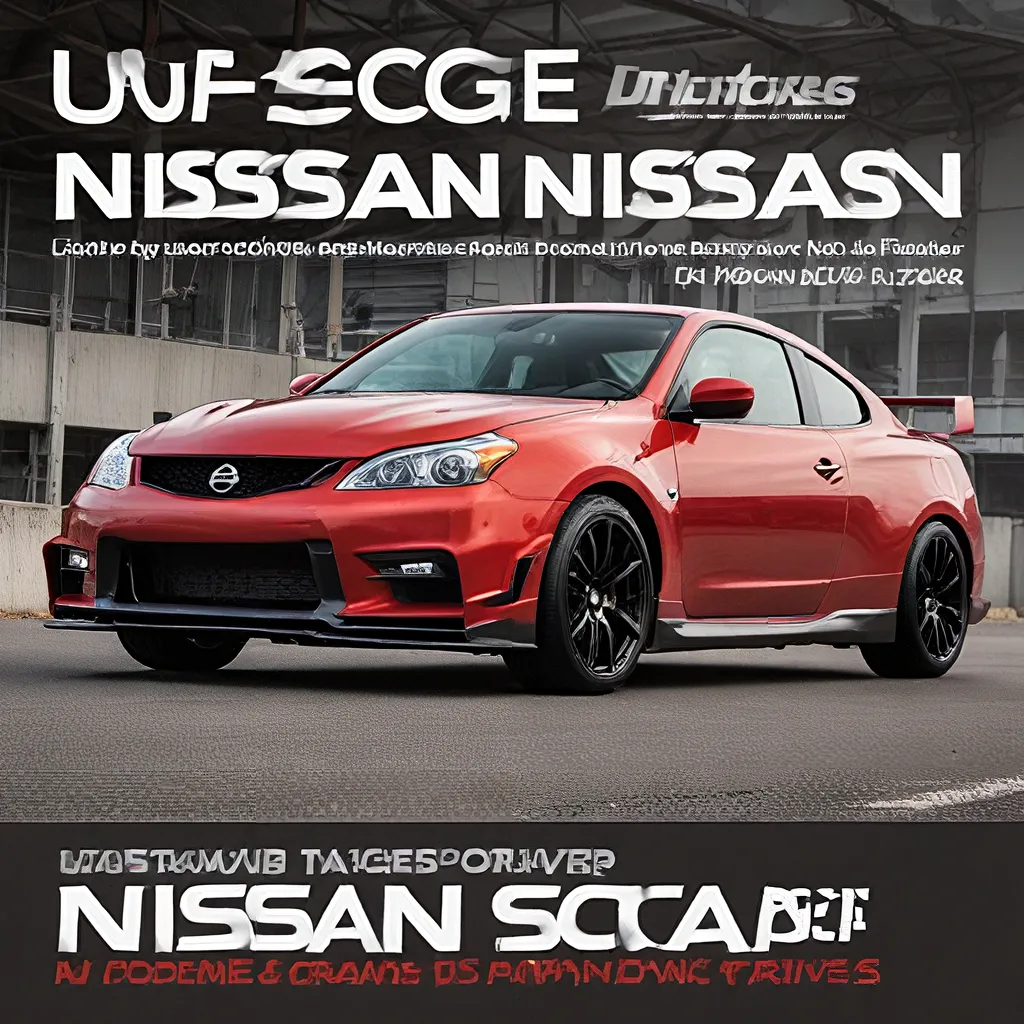
Robots with Takumi Touch: Nissan’s Quest for Perfection
I have to admit, when I first heard about Nissan’s Intelligent Factory Initiative, I was a bit skeptical. I mean, how could a bunch of robots possibly replicate the meticulous craftsmanship of Nissan’s legendary takumi master technicians? These are the skilled artisans who’ve spent decades perfecting the art of vehicle assembly – honing their techniques to an almost supernatural level. Surely, no machine could ever match their finesse and attention to detail.
Boy, was I in for a surprise. As I delved deeper into Nissan’s transformative manufacturing efforts, I realized that the company was doing something truly revolutionary. They weren’t just replacing human workers with soulless automatons; they were imbuing their robotic “co-workers” with the very essence of takumi spirit.
Jidoka: Empowering Machines with Human Wisdom
At the heart of Nissan’s Intelligent Factory lies a production philosophy called jidoka – or “automation with a human touch.” The idea is to give the machines the ability to detect and respond to abnormalities, just as the takumi technicians would. Instead of simply churning out parts, these robotic craftsmen can stop the line, investigate the issue, and implement countermeasures to prevent defects.
“It doesn’t matter how much machines, robots or IT excel,” Hideyuki Sakamoto, Nissan’s executive vice president for manufacturing, told me. “They can’t evolve any further on their own. Only humans can implement kaizen (continuous improvement) for the sake of evolution.”
And that’s exactly what Nissan’s engineers have done. By carefully observing the movements and decision-making processes of their most skilled workers, they’ve distilled the essence of takumi expertise into sophisticated software and sensor systems. The result? Robots that can sense trouble, troubleshoot problems, and continuously refine their own techniques – just like their human counterparts.
Powertrain Precision: Adapting to an Electrified Future
One of the standout innovations at Nissan’s Tochigi Plant is the universal powertrain mounting system. This automated pallet operation can handle a mind-boggling array of powertrain configurations – from traditional internal combustion engines to hybrid and all-electric setups. And it does so with a level of precision that would make even the most seasoned takumi beam with pride.
“The task of mounting powertrains is a lengthy and strenuous process for assembly workers,” Sakamoto explained. “Nissan’s new system can measure the recipient vehicle’s dimensions in real-time and make micro-adjustments accordingly as it offers up the powertrain.”
Imagine a dance troupe seamlessly transitioning between wildly different choreographies, without missing a single beat. That’s the kind of adaptability Nissan has built into its production line. Whether it’s a gas-powered Altima or an all-electric Ariya, these robotic “dancers” can gracefully accommodate the varied needs of Nissan’s next-generation vehicles.
Sealant Sorcery: Mastering the Unmasterable
Another area where Nissan’s Intelligent Factory is rewriting the rules of automotive manufacturing is sealant application. This seemingly simple task – applying paste along body seams to prevent water intrusion – is actually a highly complex and delicate process, traditionally performed by the most skilled takumi.
“The complexity and irregularity of the sealant task has up to now made it difficult to replicate and automate,” Sakamoto admitted. “But Nissan engineers have been able to digitize parts of this arcane process.”
By studying the precise movements and pressure applied by their master technicians, the team was able to translate that tacit knowledge into detailed programming instructions. Now, Nissan’s robots can quickly and accurately apply sealant along even the most intricate of body contours – a feat that would’ve left lesser machines trembling in fear.
Headliner Hijinks: Conquering the Unconquerable
If sealant application was a challenge, then headliner installation was the manufacturing equivalent of scaling Mount Everest. This fiddly, physically demanding task has long been the domain of nimble-fingered human workers, who contort themselves inside the vehicle cabin to finesse the headliner into place.
But Nissan wasn’t about to let a little thing like physics stand in their way. They’ve developed a ingenious robotic system that offers up the headliner through the front of the vehicle and secures it with precision snap clips. Sensors monitor pressure changes to ensure a perfect fit every time.
“Using robots to insert the headliner represents a significant breakthrough,” Sakamoto beamed. “It’s a task that’s been devilishly difficult to automate, until now.”
Painting a Greener Future
As if all these technological marvels weren’t enough, Nissan is also revolutionizing another critical aspect of vehicle manufacturing: the paint shop. By developing a water-based paint that maintains the correct viscosity at low temperatures, the company can now process body panels and plastic components together – a feat that drastically reduces carbon dioxide emissions from the painting process.
“Given the changing material mix of next-generation vehicles, the single-stage paint solution could quickly prove its worth,” Sakamoto told me, his eyes gleaming with excitement. “Saving OEMs time, energy, and cost – all while being kinder to the environment. It’s a win-win-win!”
The Future is Adaptive
As I stood and watched the robotic ballet unfolding before me at Nissan’s Tochigi Plant, I couldn’t help but marvel at the sheer audacity of the company’s vision. They’ve taken the very essence of takumi craftsmanship – the attention to detail, the innate problem-solving abilities, the relentless pursuit of perfection – and imbued their machines with those same qualities.
The result is a production line that is not only supremely efficient and adaptable, but also infused with a distinctly human touch. These aren’t just mindless automatons – they’re technological artisans, capable of evolving and improving themselves in ways that would leave even the most seasoned takumi in awe.
And as Nissan rolls out this Intelligent Factory Initiative across its global network of plants, I can’t wait to see what other manufacturing marvels they’ll unveil. Because if there’s one thing I’ve learned, it’s that when it comes to the future of automotive production, Nissan is just getting started.
So, buckle up, my friends. The revolution is underway, and Nissan is leading the charge.






